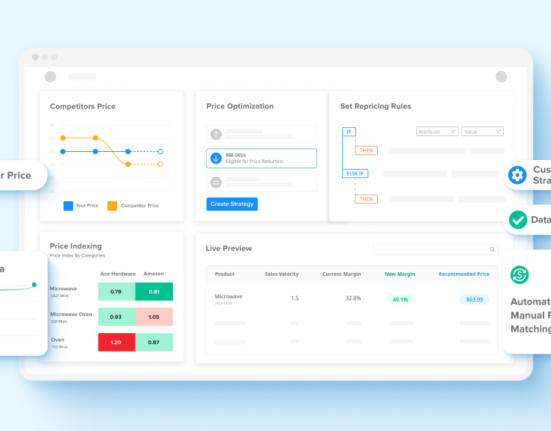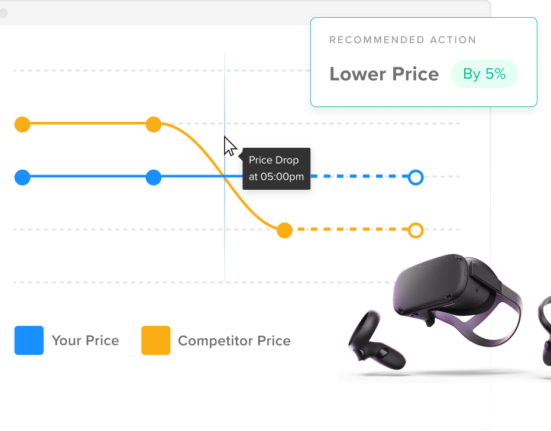A price is never one number. In reality, prices are constantly changing. They have different names and purposes, and finding the right price for the right scenario is an important challenge to tackle for any successful brand or retailer.
Today, two core price distinctions revolve around list prices and net prices. Let’s explore the difference between these two so you can better optimize your pricing strategies moving forward.
What is List Price?
List price is defined as the highest possible price a buyer will pay for a specific product before any discounts. List price is also known as Manufacturer’s Suggested Retail Price, or MSRP. A list price should cover all costs of product development and operations, and it must also generate a desirable profit for the company.
What is Net Price?
Net price is defined as the actual price the buyer will pay following any discount or promotion. In most cases, few products will sell for the list price. Instead, they’ll sell for the net price—taking into account price reductions for wholesale channels, sales promotions, and other deals.
List price is defined as the highest possible price a buyer will pay for a specific product before any discounts.
Why Does Net Price or List Price Matter?
The difference between list price and net price is incredibly important, even if it feels like a minor distinction on the surface. It is important because a successful company must be able to turn a profit, naturally. And profit margin is directly tied to the price of your products, whether list, net, or something else.
For example, an emerging brand may rely too heavily on its list price. The company doesn’t want to offer too steep a discount for resellers or consumers. So, it develops a pricing strategy that keeps the final price very similar to the list price. What can happen in this case? In a perfect world, sales are strong and profits are high. But, we don’t live in a perfect world. Instead, competitors undercut this emerging brand’s list price and perform better—all because they offer a more competitive net price.
This is just one example, but it shows how a balance must be struck between list price and net price.
How to Approach Net and List Prices
What does all this mean for your business? Finding the ideal price for your products is very subjective. It depends on many factors unique to your company: cost of materials and labor, overhead, desired profit, and so on.
In addition, that ideal price depends on your competition, as highlighted in the example above. If you have few direct competitors, you may be able to stick with a more premium list price instead of a discounted net price. Most likely, though, you’ll need to reduce that sticker price to remain competitive.
With this in mind, you should:
- Calculate cost-plus pricing: List out all the costs of that product and your desired profit to work toward a list price.
- Analyze your competitors: Understand your competitive landscape to identify a pricing strategy that doesn’t open doors for the other guys.
- Communicate with your distribution channels: Create a strong working relationship with distributors to negotiate fair net prices and mutually beneficial discounts.
- Know your shoppers: Of course, know who your shoppers are and what they’re willing to pay to settle on a final price that works for all parties.
Whether this final price will be closer to list or a lower net is up to you, but backing your decision with high-quality data will always help you increase profit margins and drive sales.















